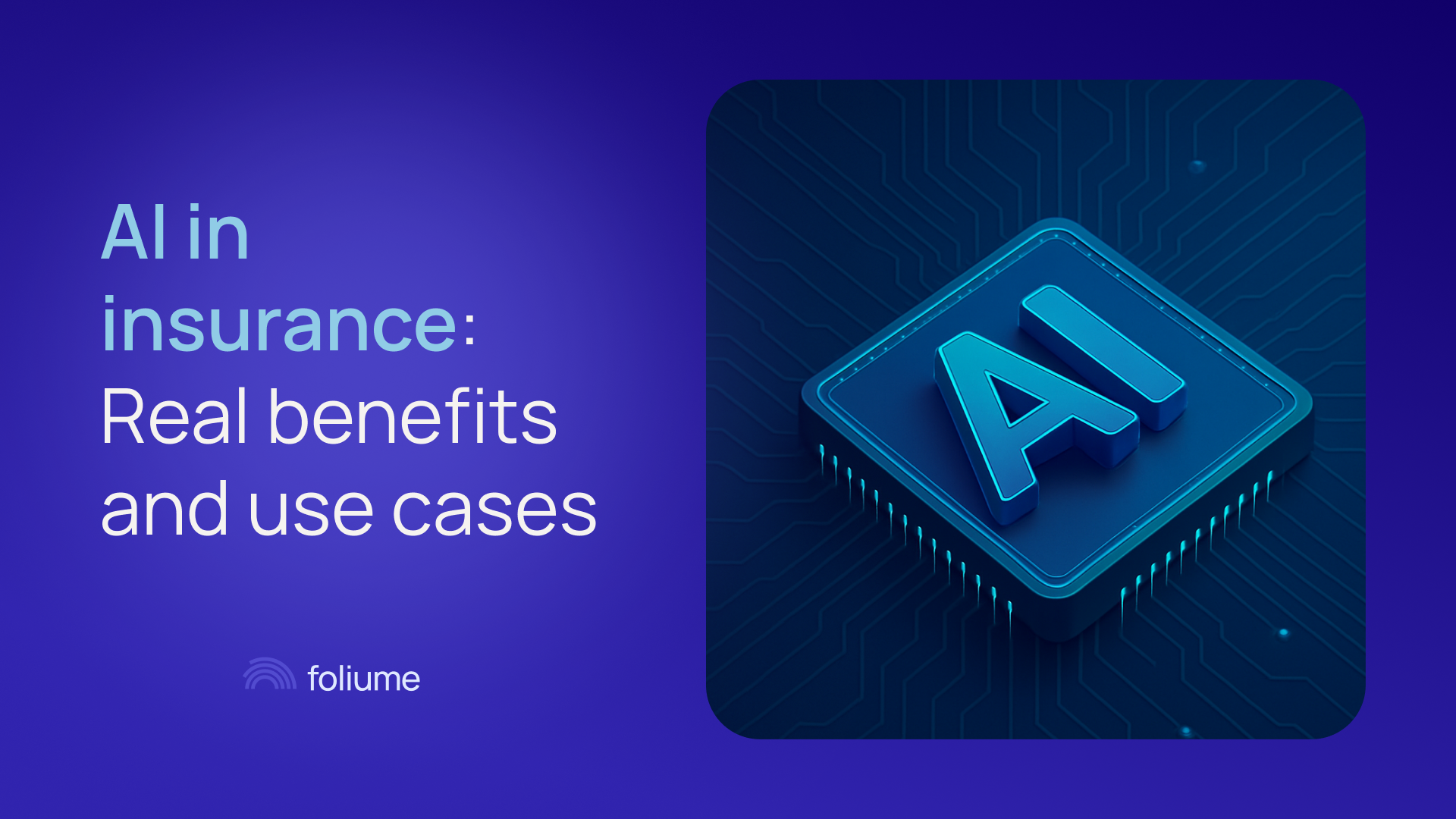We’ve been hearing about chatbots since the early 2000s. Many companies started using them for customer service, but they didn’t exactly leave the best impression: limited understanding, very basic functionality, and frustrated customers.
From then to now, technology has come a long way. Chatbots have evolved from simple assistants that only answered FAQs with cold, automated messages, to intelligent agents that can understand everyday language and reply in kind.
From basic bots to intelligent conversational agents
So, what happened to make modern agents take such a leap? The key lies in LLMs (Large Language Models).
Recent advances in LLMs, especially transformer-based architectures like the one described in Google’s Attention is All You Need paper, have enabled machines to reason and operate with flexibility.
These agents use modular architectures that connect to real tools, like calculators, quoting engines, or databases in real time. This lets them go beyond chat and actually solve business problems.
Thanks to them, modern AI agents can:
- Understand natural language: They get the way we speak and can reply using the same terms and expressions we use every day.
- Connect with other tools: They can plug into whatever’s missing. Simple example: if you ask it to do a multiplication, it’ll use a calculator. In insurance, it can connect to your ERP or rating tools to perform actions or retrieve information.
- Be multimodal: They can process different types of information (text, images, audio, PDFs, etc.) and make sense of it all. In the past, this required several separate systems and was much harder to implement.
Early chatbots were tied to predefined flows and rigid answers. They were fine for FAQs, but not much else.
Now, it’s not just about having a chatbot with a “personality.” You can feed it your business information, your workflows, and customize it to your needs. It’s a complete shift: systems start working for us, not the other way around.

And in the insurance industry?
This technology is being used across sectors, retail, banking, travel, and insurance is no exception.
The opportunities are huge. Here are a few of the many use cases for a brokerage:
- 24/7 customer service: Instant answers to questions like “When does my policy renew?” or “Can you send me a copy of my contract?”, connected to your systems for personalized responses.
- Claims handling: In stressful moments, instant responses matter. The agent can give the tow truck’s phone number, request and process images, and escalate to a human when needed.
- Automatic quoting: Not just for the end client, also for your sales team. An assistant that quotes, generates reports, retrieves documents, or updates data without friction. Less paperwork, more speed.
The benefits are clear
Where to start
With today’s tech, building conversational agents is no longer the challenge it was a few years ago. Tools like Lovable, VoiceFlow, or ElevenLabs let you create digital platforms, conversational agents, and even voice-enabled chats in minutes. No coding required.
The real challenge now is connecting them to a brokerage’s actual software and data. That’s where Foliume comes in: we build AI agents specialized in insurance that integrate directly with the ERP and systems you already use, automate without breaking workflows, and adapt to each team’s way of working. All from a tool you already use every day: WhatsApp.
👉 Want to explore how an agent could transform your business? Let’s talk.



.png)


.png)


